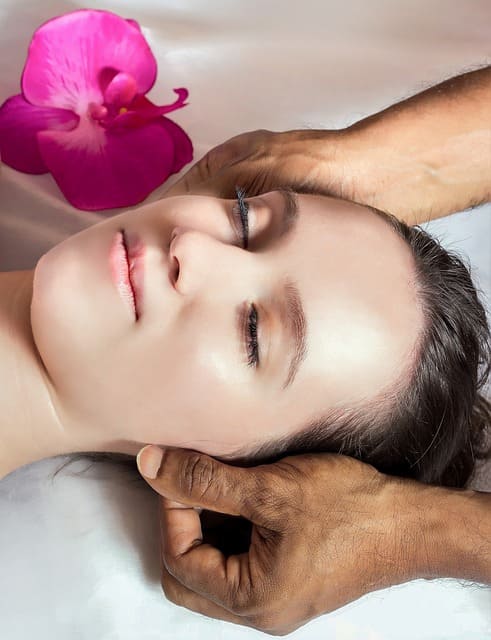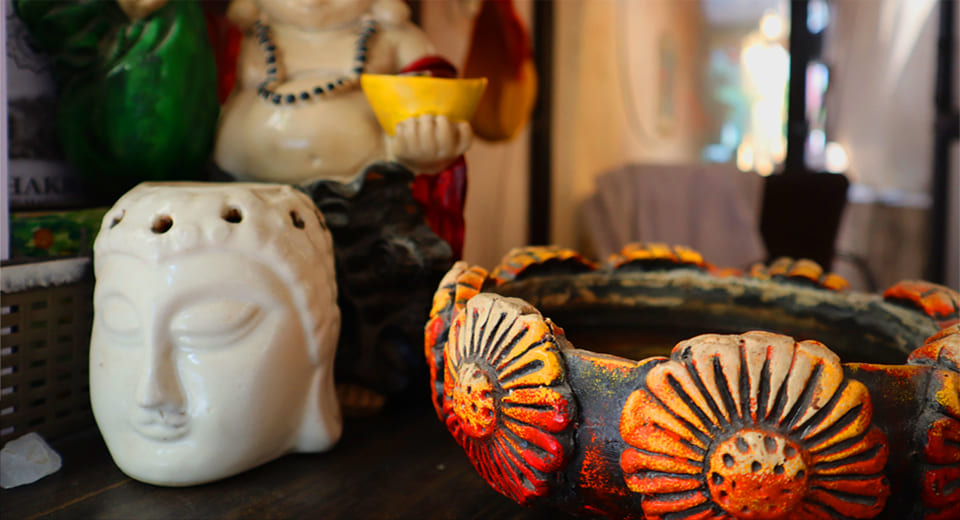Ayurvedic Abhyangam is a full-body massage therapy that has been done for generations in India. It is considered a classic Ayurvedic treatment. The phrase "Abhyangam" comes from two words: "Abhyanga," which means an oil massage, and "Am," which means to smear or cover. Together, these words form the term "Abhyangam."
Warm herbal oils are massaged into the skin of the entire body, including the scalp and hair, as part of an Abhyangam treatment session. The individual's dosha imbalances and particular requirements are often taken into consideration while selecting the oils to be utilized. When massaging the body, the practitioner will use a combination of long, flowing strokes and rhythmic motions to achieve the desired effects of relaxation and equilibrium.
Abhyangam presents a number of possible advantages, including the following:
-
Abhyangam helps to soothe the nervous system, relieve stress, and produce a profound state of relaxation because of its gentle and calming strokes. Abhyangam is also beneficial for relieving stress. It can help reduce tension in both the body and the mind, which is beneficial to one's general health.
-
circulation is improved as a result of the massage techniques utilized in abhyangam. These techniques increase blood circulation throughout the body, which in turn improves the delivery of oxygen and nutrients to the tissues. This can support the health of cells and the renewal of cells.


-
Detoxification occurs as a result of the stimulation of the lymphatic system that occurs during abhyangam. This stimulation aids in the evacuation of toxins from the body. It aids the body's natural detoxification processes while also assisting in the removal of metabolic waste products, as well as improving lymphatic movement.
-
During abhyangam, the lymphatic system is stimulated, which helps the body get rid of waste. This kind of exercise helps get rid of waste from the body. It helps the body's natural cleansing processes and gets rid of metabolic waste. It also helps the lymphatic system move better.
-
Relaxation of the muscles and joints: The techniques of massage utilized in abhyangam help relieve muscle tension, which in turn helps reduce joint stiffness and promote joint mobility. People who are experiencing muscle pain, weariness, or joint discomfort may find that it is good for them to use.
In most cases, skilled Ayurvedic therapists are the ones who execute abhyangam. These professionals tailor the treatment to each patient's unique characteristics and requirements. The length of time that the massage is performed can change, but it usually lasts for sixty to ninety minutes.
It is essential to keep in mind that the practice of abhyangam might not be appropriate for everyone. It is possible that patients who suffer from acute infections, open wounds, fever, or certain inflammatory illnesses will require a different course of treatment or will need to change the one they are now receiving. It is highly recommended that you speak with an Ayurvedic practitioner prior to performing Abhyangam. This will allow you to obtain individualized direction and guarantee that the treatment is both safe and appropriate for you.

